Prototype cars often represent the pinnacle of automotive innovation, showcasing bold ideas and futuristic designs. While many never make it to production, these unique vehicles capture the imagination of collectors and enthusiasts alike. From turbine engines to nuclear power, these prototypes offer a glimpse into what could have been. Here are 11 odd prototype cars that continue to intrigue collectors around the world.
Tucker 48 “Torpedo”
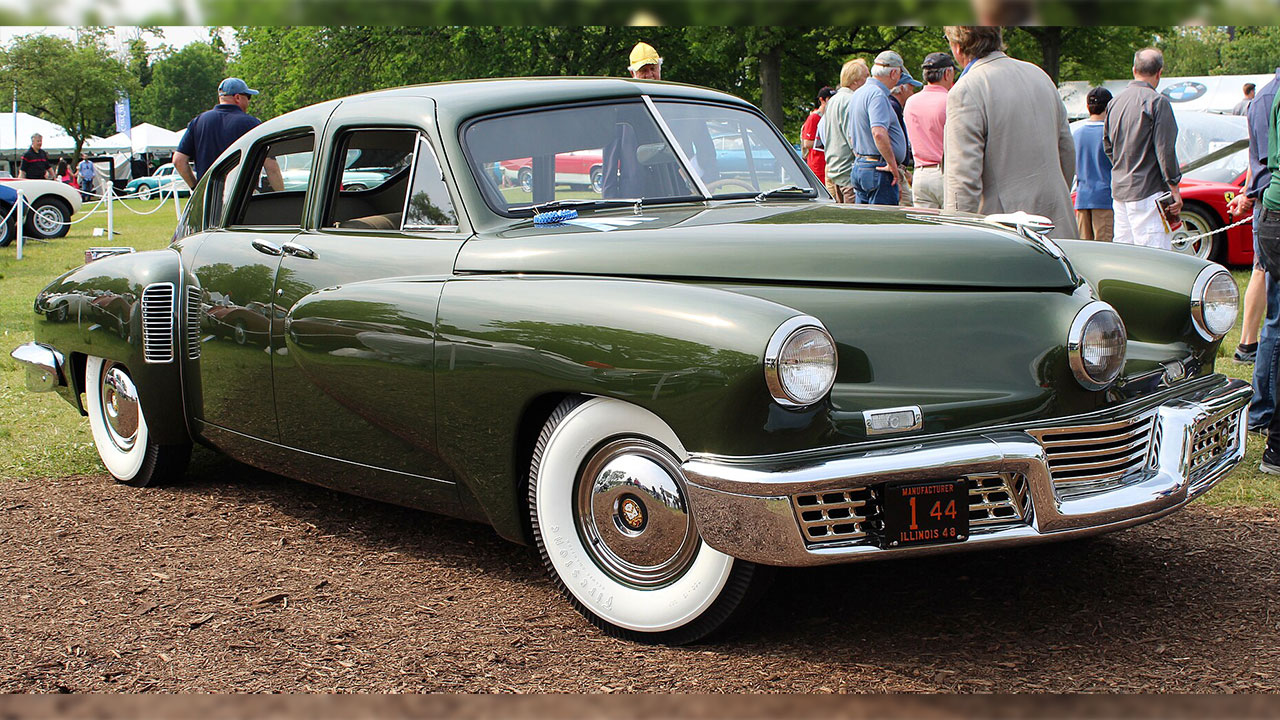
The Tucker 48, also known as the “Torpedo,” was a revolutionary vehicle designed by Preston Tucker in 1948. This car was ahead of its time, featuring a rear-mounted engine, a safety-focused design, and a unique “Cyclops Eye” headlight that turned with the steering wheel. Despite its innovative features, only 51 units were ever produced due to financial difficulties and legal challenges faced by the company. Today, the Tucker 48 is a rare collector’s item, with its limited production and historical significance driving its desirability.
GM Firebird I, II, and III
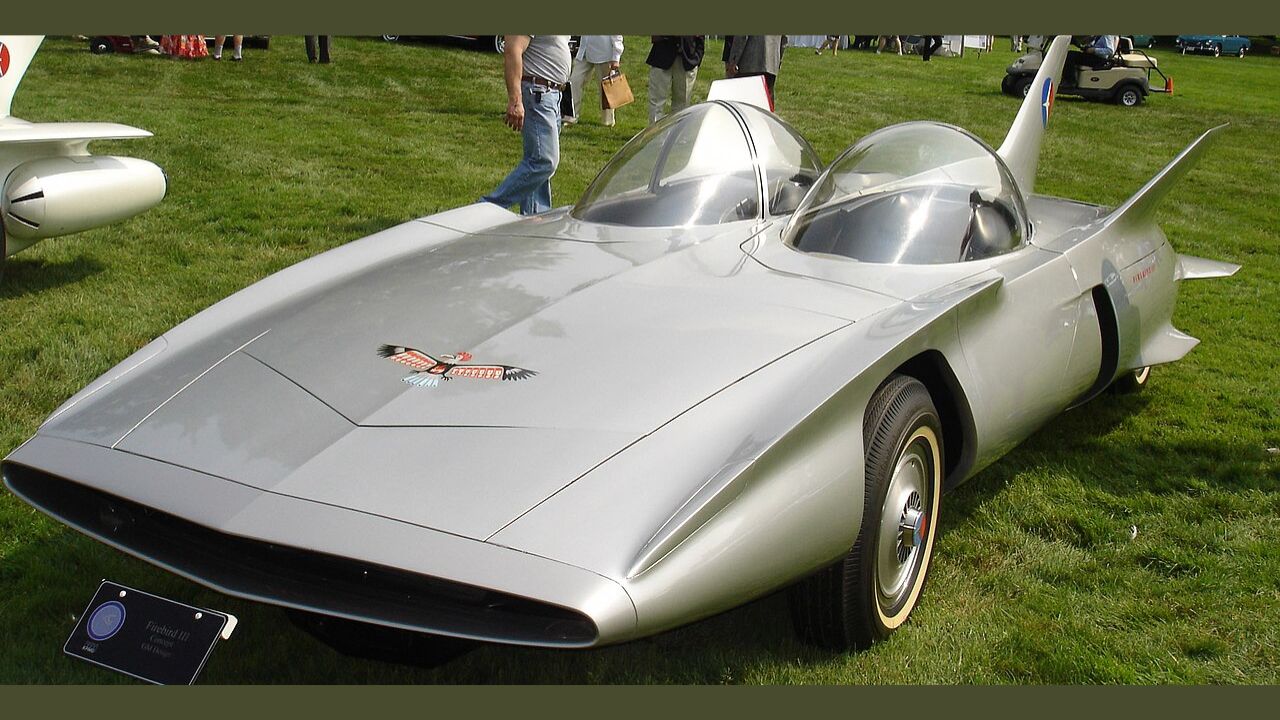
General Motors’ Firebird series, consisting of the Firebird I, II, and III, was a trio of experimental cars built in the 1950s. These vehicles were inspired by jet aircraft and featured gas turbine engines, which were a novel concept at the time. The Firebird I was a single-seat, open-wheel car with a fiberglass body, while the Firebird II introduced a more practical four-seat design. The Firebird III, with its futuristic styling and advanced technology, including an early form of cruise control, represented the pinnacle of the series. Although none of these cars were mass-produced, they remain iconic examples of mid-century automotive experimentation.
Chrysler Turbine Car
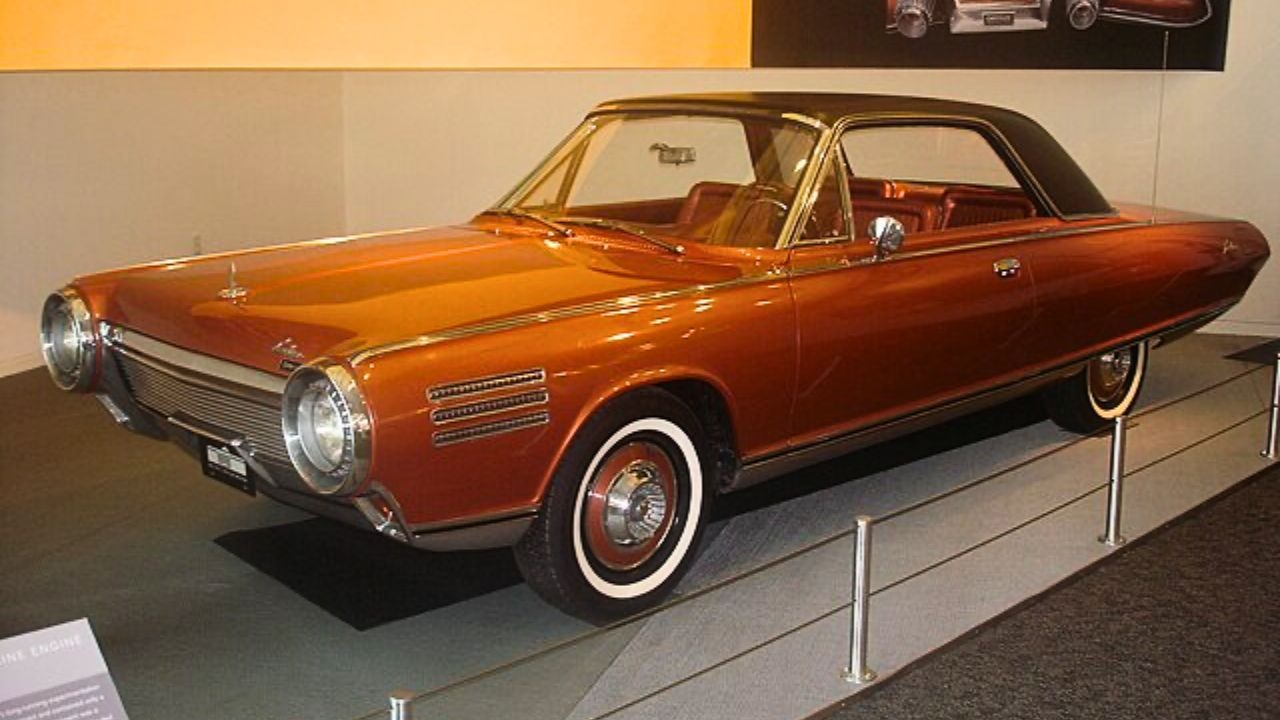
The Chrysler Turbine Car was an ambitious project from the early 1960s that aimed to bring turbine engine technology to the masses. With its sleek design and distinctive sound, the Turbine Car was powered by a gas turbine engine capable of running on various fuels. Chrysler produced 55 prototypes, which were tested by the public in a unique consumer program. Despite its potential, the project was ultimately shelved due to high production costs and technical challenges. Today, only a handful of these cars remain, making them highly sought after by collectors.
Ford Nucleon
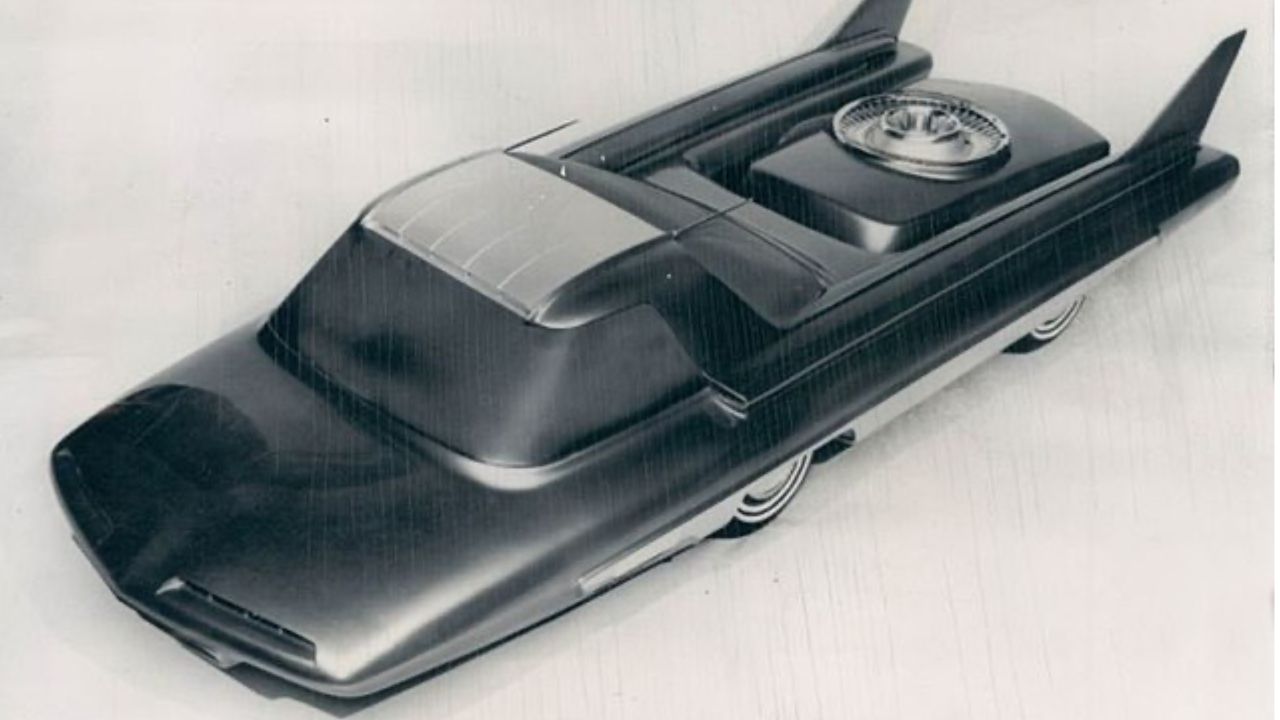
The Ford Nucleon was a concept car from the 1950s that envisioned a future where cars were powered by small nuclear reactors. This radical idea was inspired by the burgeoning atomic age, promising a vehicle with an unprecedented range and efficiency. The Nucleon featured a futuristic design with a rear-mounted reactor, allowing for easy replacement of the power unit. Although the car never progressed beyond the scale model stage, it remains a fascinating example of mid-20th-century optimism and innovation.
Alfa Romeo BAT Series
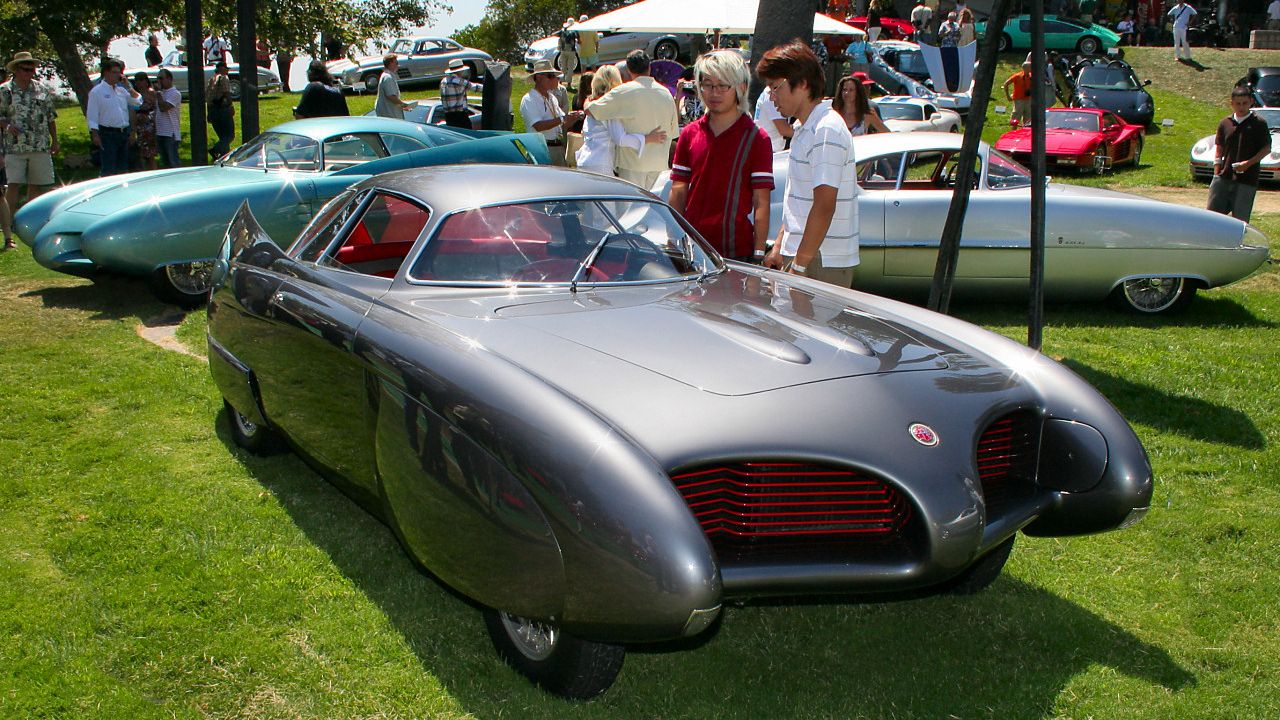
The Alfa Romeo BAT (Berlinetta Aerodinamica Tecnica) series was a collaboration between Alfa Romeo and the Italian design house Bertone. Produced between 1953 and 1955, the BAT 5, BAT 7, and BAT 9 were designed to explore aerodynamic efficiency. Each car featured dramatic, sculpted bodywork that minimized drag and maximized speed. These striking vehicles were not only engineering marvels but also works of art, influencing automotive design for decades. Today, the BAT series is celebrated for its beauty and innovation, making it a prized addition to any collection.
Lancia Stratos Zero
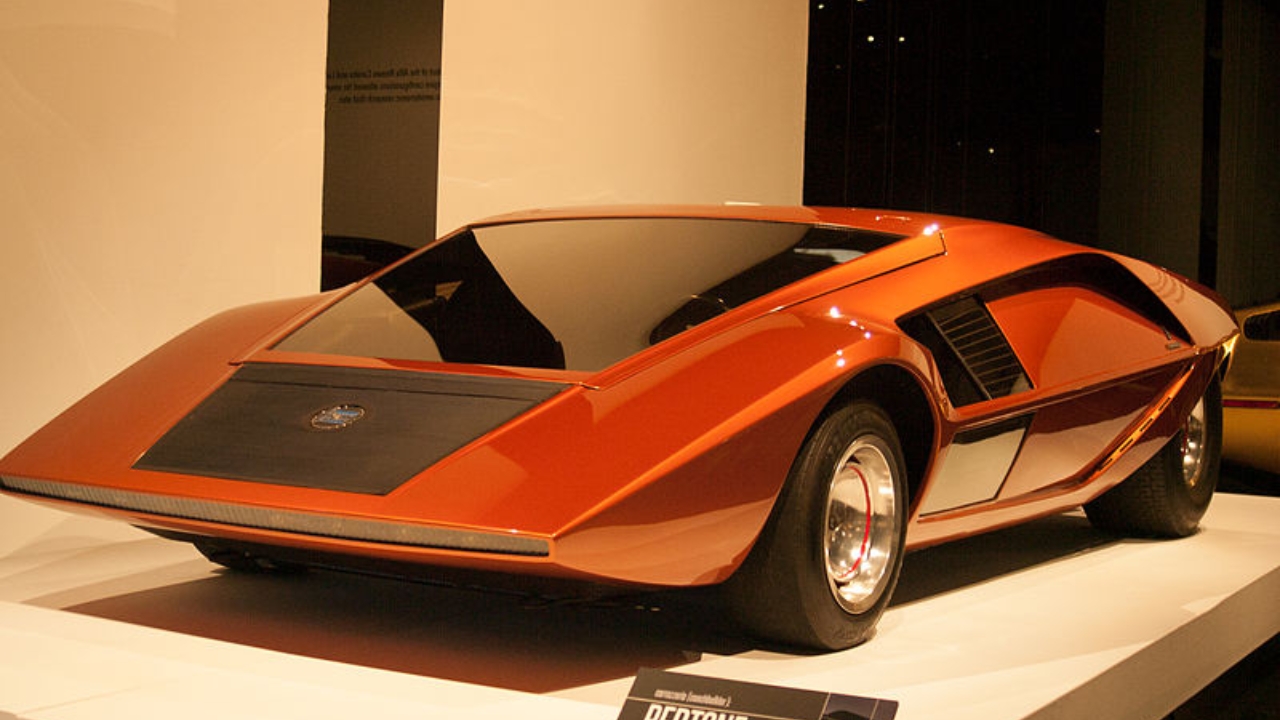
The Lancia Stratos Zero, unveiled in 1970, was a radical concept car that pushed the boundaries of automotive design. Created by the renowned designer Marcello Gandini at Bertone, the Stratos Zero featured a wedge-shaped body and a canopy-style door that opened upwards. This futuristic design was not only visually striking but also aerodynamically efficient. The Stratos Zero served as the inspiration for the production Lancia Stratos, a successful rally car in the 1970s. As a one-off prototype, the Stratos Zero remains a highly coveted piece of automotive history.
BMW GINA Light Visionary Model
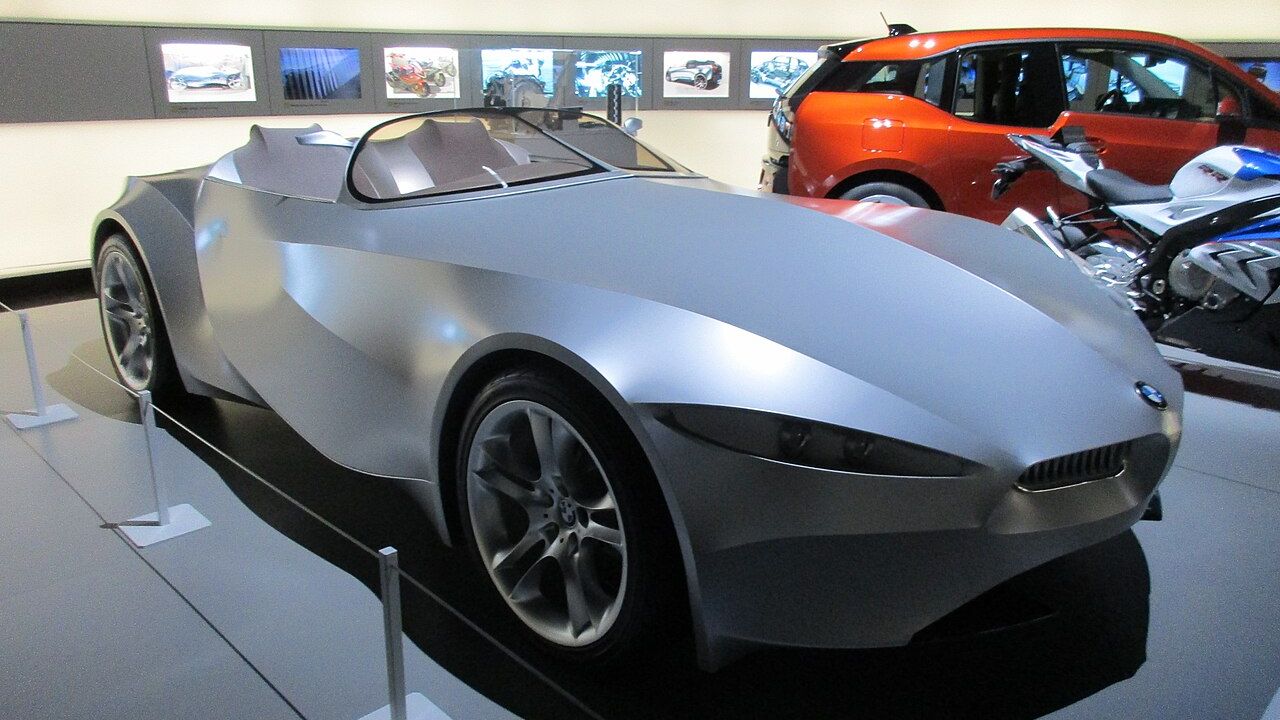
The BMW GINA Light Visionary Model, introduced in 2008, was a groundbreaking concept that challenged traditional automotive design. The GINA featured a flexible fabric skin stretched over a movable metal frame, allowing the car’s shape to change dynamically. This innovative approach enabled designers to explore new possibilities in form and function, with elements like headlights and doors seamlessly integrated into the fabric body. While the GINA was never intended for production, it demonstrated BMW’s commitment to pushing the boundaries of design and engineering.
Saab Aero-X
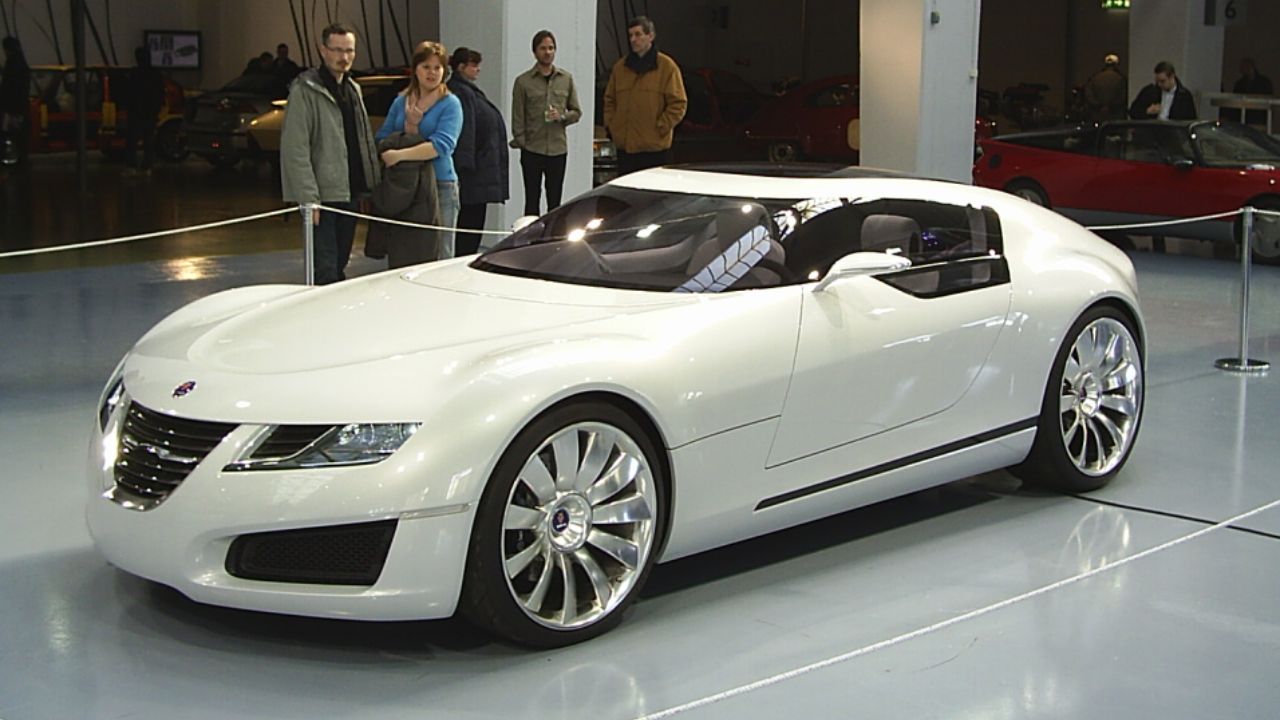
The Saab Aero-X, unveiled in 2006, was a concept car that embodied the Swedish brand’s innovative spirit. With its sleek, aerodynamic design and a cockpit-style canopy that opened upwards, the Aero-X was inspired by Saab’s aviation heritage. The car featured a powerful biofuel engine and advanced technology, including a digital dashboard and a joystick-style steering system. Although the Aero-X never reached production, its bold design and forward-thinking features continue to influence Saab enthusiasts and collectors.
Mercedes-Benz C111
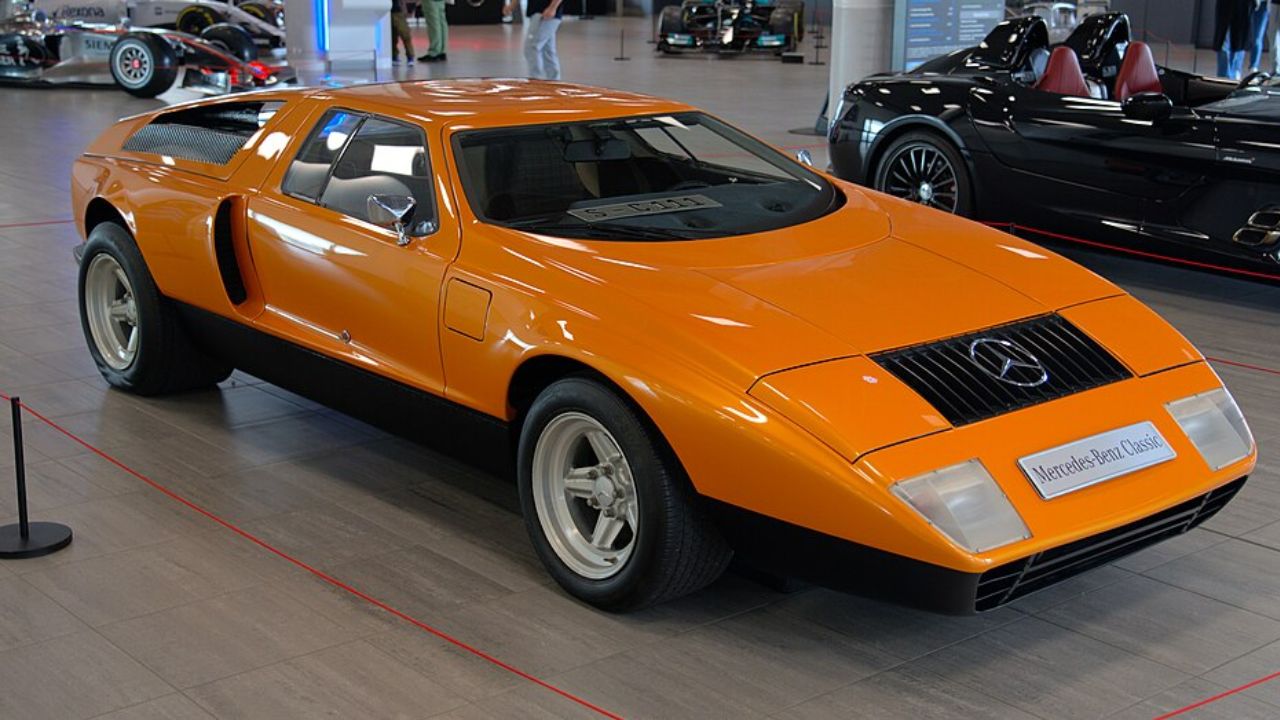
The Mercedes-Benz C111 was a series of experimental cars developed in the 1960s and 1970s to test new technologies and materials. The C111 featured a striking wedge-shaped design and was powered by a variety of engines, including rotary and diesel options. The car was used to explore advanced aerodynamics, lightweight construction, and high-performance capabilities. Although the C111 never entered production, it set several speed records and remains a symbol of Mercedes-Benz’s commitment to innovation and performance.
Nissan Pivo
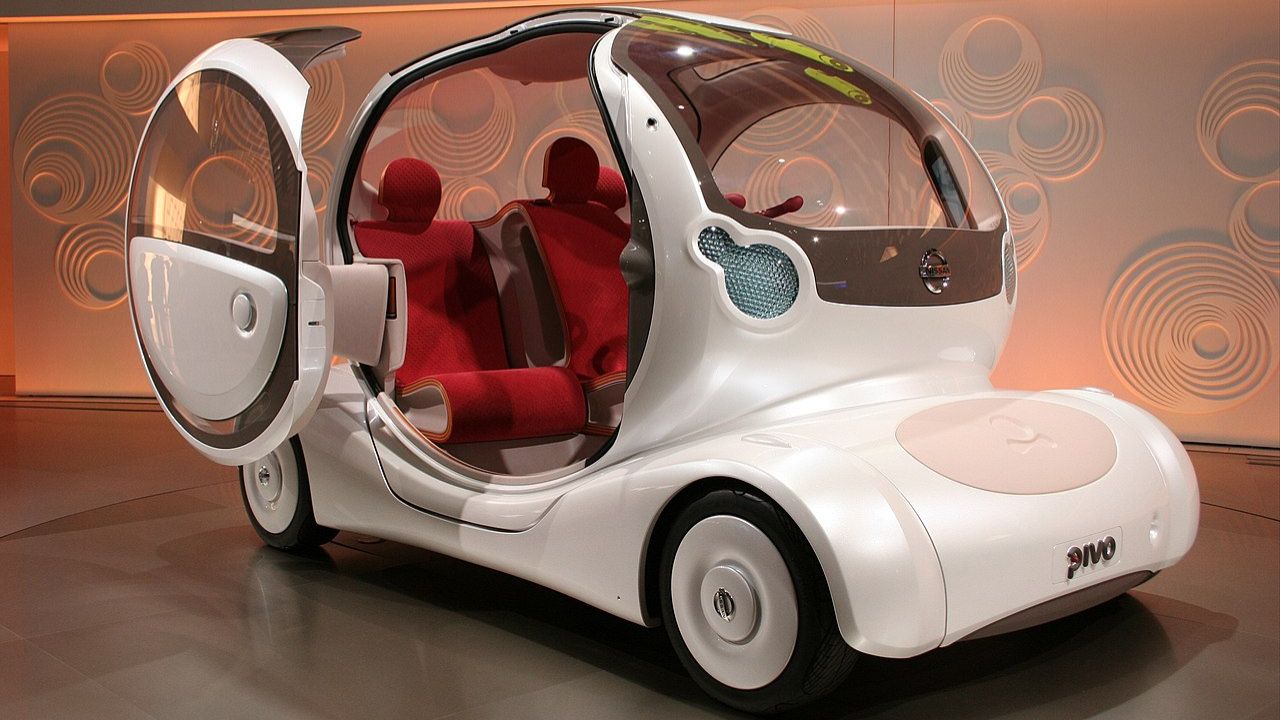
The Nissan Pivo series, introduced in the mid-2000s, was a collection of concept cars designed to address urban mobility challenges. The Pivo featured a unique rotating cabin, allowing the driver to face any direction without turning the car around. This innovative design was complemented by advanced technology, including electric propulsion and a robotic interface that interacted with the driver. While the Pivo never reached production, it showcased Nissan’s vision for the future of urban transportation and remains a fascinating concept for collectors and enthusiasts.
Citroën Karin
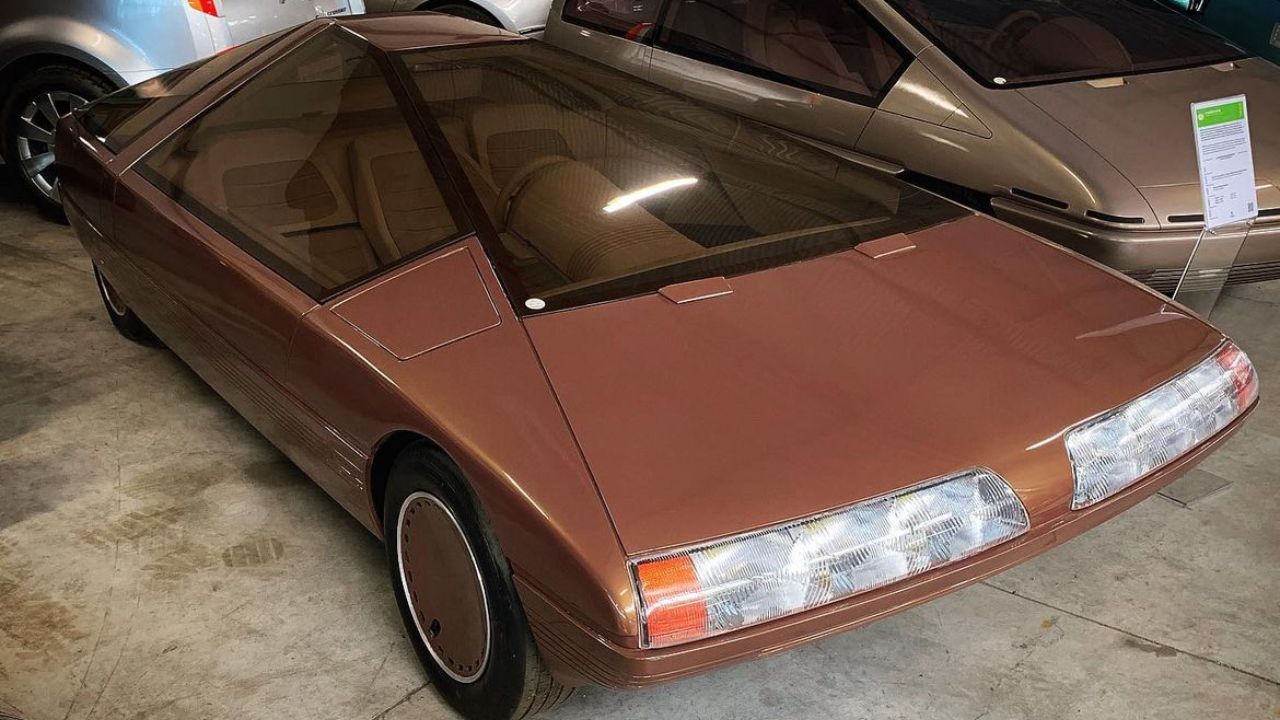
The Citroën Karin, unveiled at the 1980 Paris Motor Show, was a futuristic concept car that captured the imagination of automotive enthusiasts. Designed by Trevor Fiore, the Karin featured a pyramid-shaped body with a glass canopy and a minimalist interior. The car’s unique design emphasized simplicity and efficiency, with a central driving position and a focus on aerodynamics. Although the Karin was never intended for production, its bold design and innovative features continue to inspire designers and collectors alike.
Like Fast Lane Only’s content? Be sure to follow us.
Here’s more from us:
*Created with AI assistance and editor review.

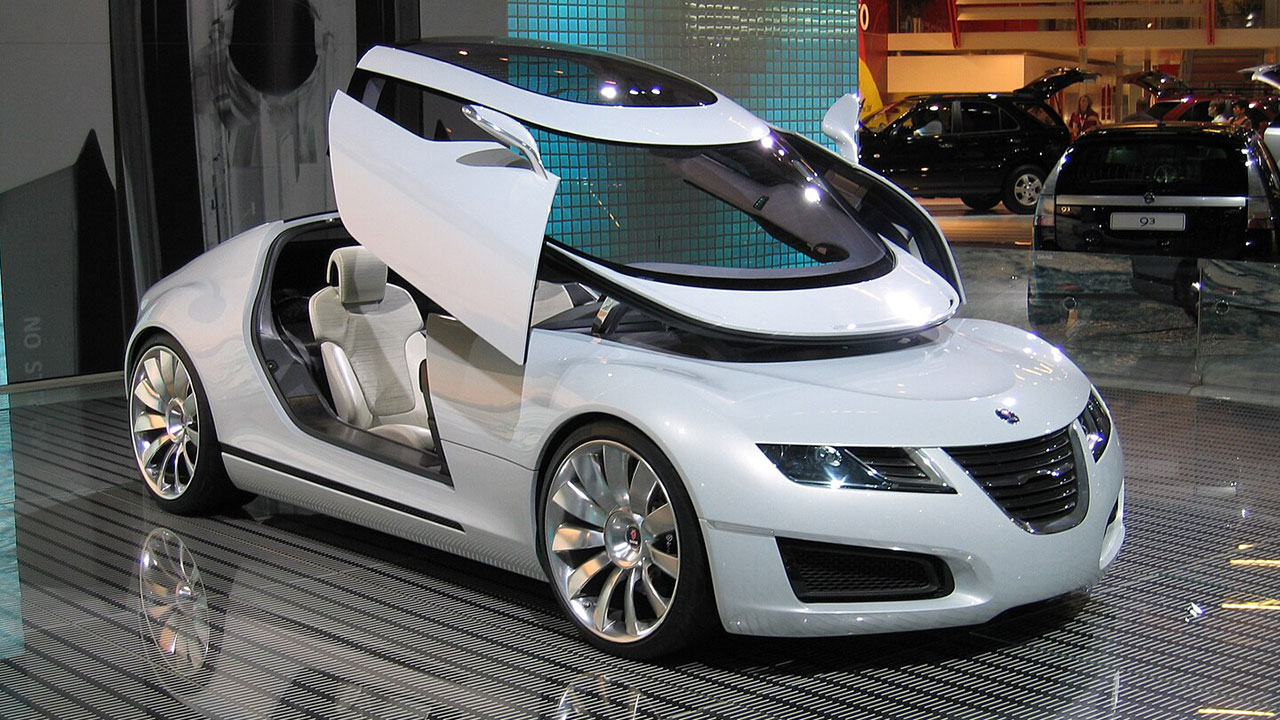
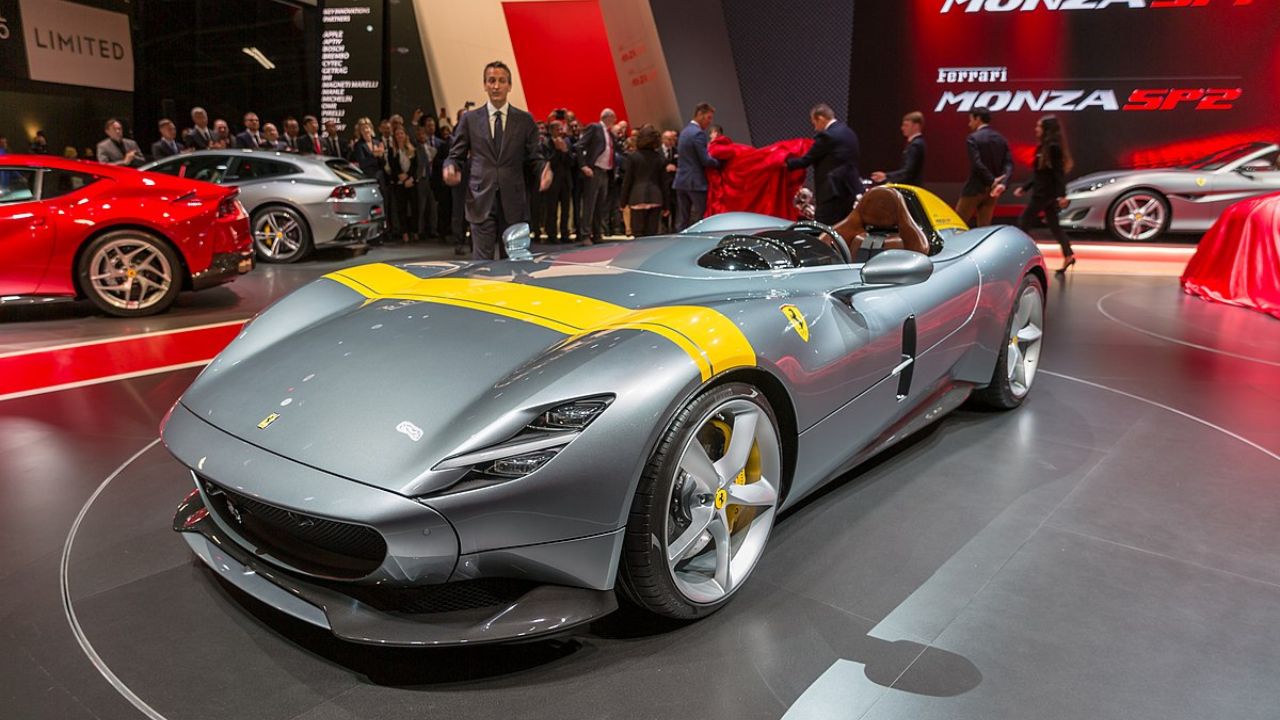
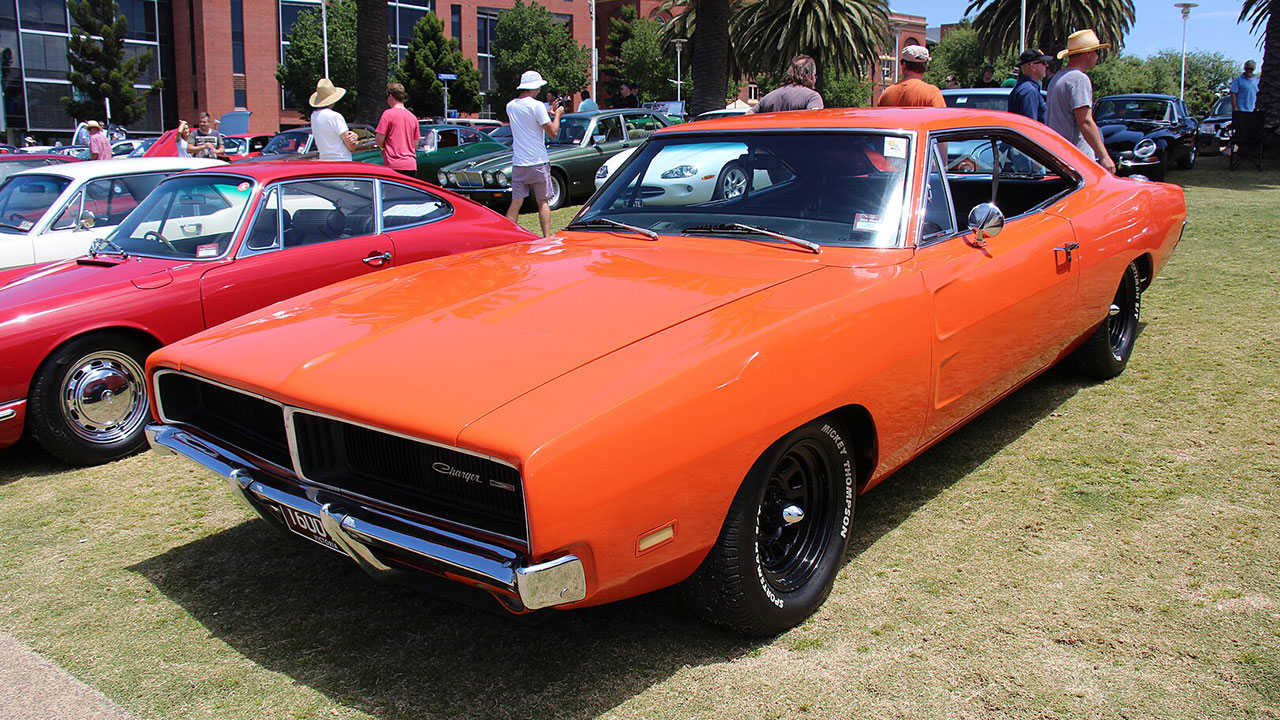
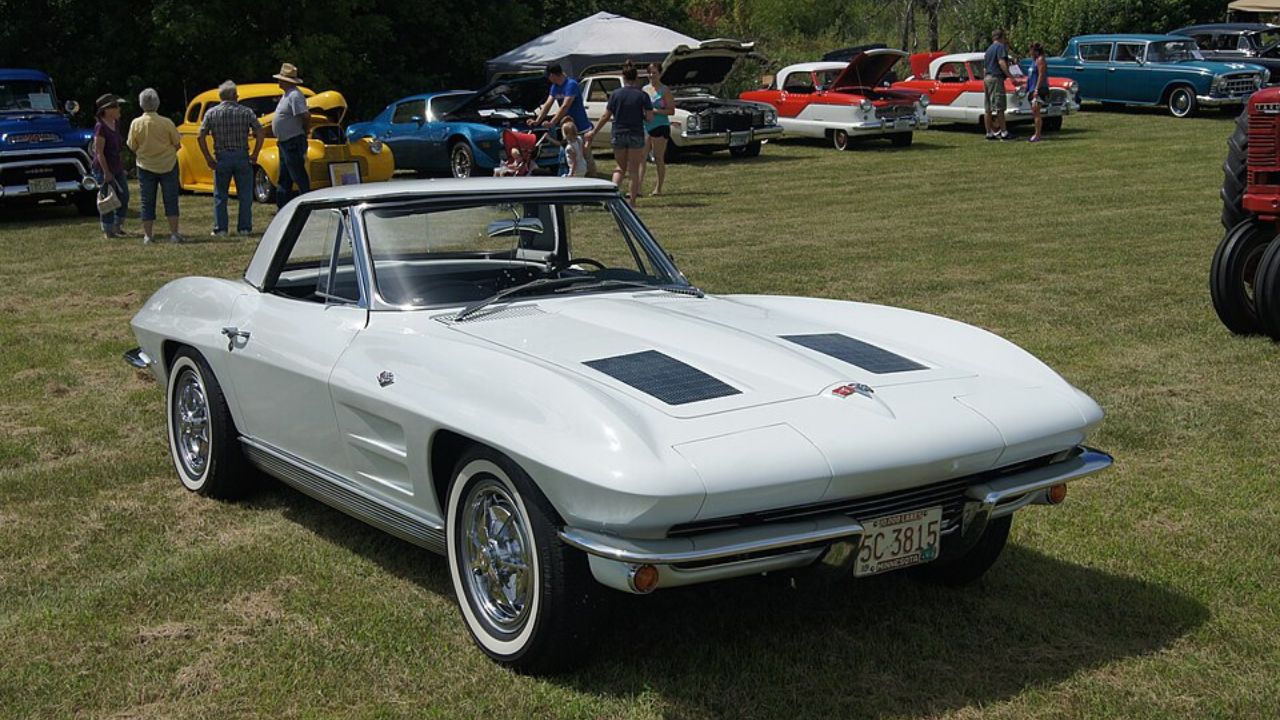

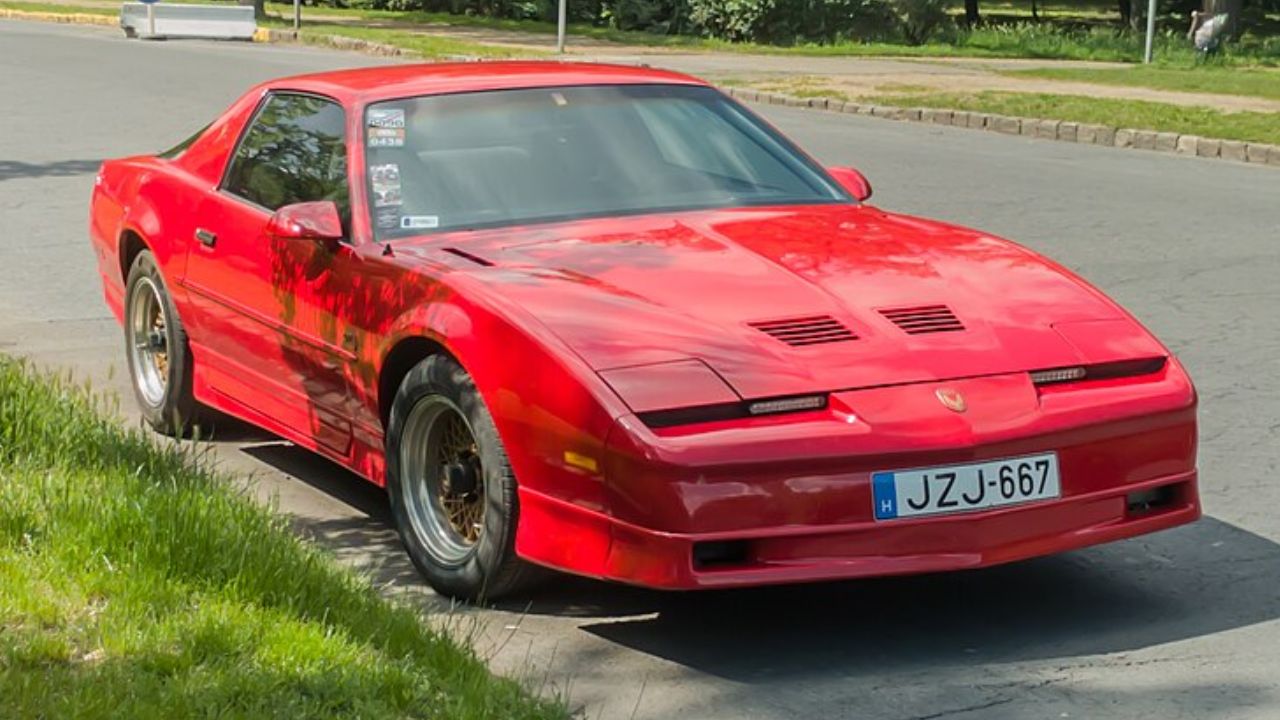
Leave a Reply